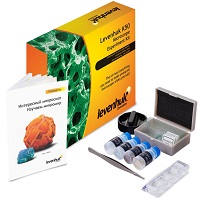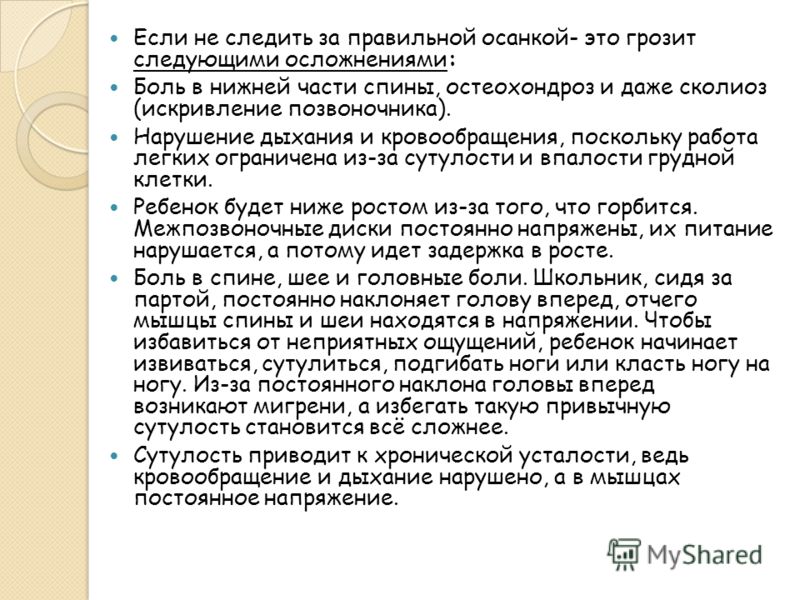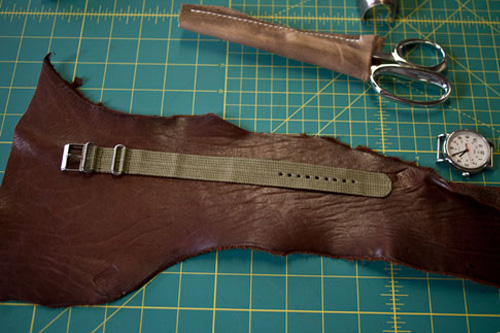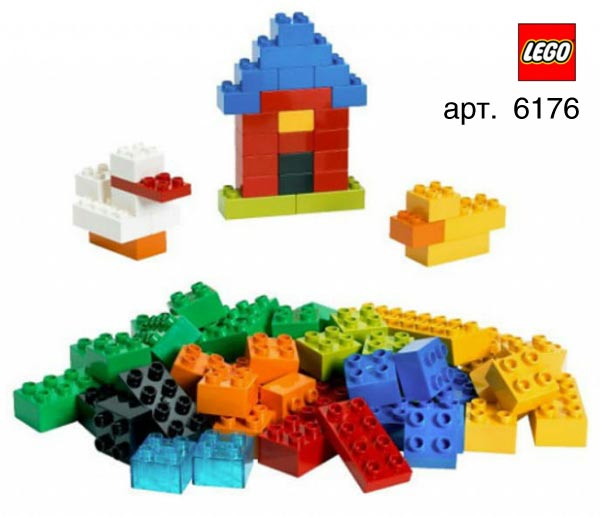Experiments with a microscope
 Young researchers and their parents, from the moment they purchase a magnifying device, face a difficult task - to use it correctly, so that it justifies the expectations associated with it. Often, without sufficient skill and informational baggage, there is no time to develop skills, read literature, and deeply understand the issue of practical biology. Many people just want to plug the device into the socket and get comfortable in a chair, in anticipation of lazy looking at pictures of the microcosm, in the image and likeness of a filmstrip or a TV show. Under these conditions, experiments with microscope
are limited to unsuccessful attempts to "at least something" to see. Of course, this is followed by disappointment. However, few people think that the reason is not in technology, but in the lack of knowledge and unwillingness to understand this.
Young researchers and their parents, from the moment they purchase a magnifying device, face a difficult task - to use it correctly, so that it justifies the expectations associated with it. Often, without sufficient skill and informational baggage, there is no time to develop skills, read literature, and deeply understand the issue of practical biology. Many people just want to plug the device into the socket and get comfortable in a chair, in anticipation of lazy looking at pictures of the microcosm, in the image and likeness of a filmstrip or a TV show. Under these conditions, experiments with microscope
are limited to unsuccessful attempts to "at least something" to see. Of course, this is followed by disappointment. However, few people think that the reason is not in technology, but in the lack of knowledge and unwillingness to understand this.
They allow a novice biologist (adult or child) to master the basic principles of microscopy in a short time, learn how to independently select the optimal magnification, use one or another research method, focus smoothly and without jerks on samples, illuminate them correctly, etc. After all, it is one thing to read in a book or on the Internet, and quite another to try it yourself.

The simplest experience with a microscope, recommended at an early stage, is viewing slides that transmit light (transparent) in transmitted light. To do this, a thin longitudinal or transverse section of the plant is made using a microtome. It is placed between the slide and coverslip, centered on the stage - that is, it is located exactly under the lens (first of all, you need to use 4x, and then, by turning the revolving device, more powerful ones, such as 10x and 40x). The illumination from below is turned on, due to which light rays pass through the cells and their structure can be observed.

An experiment similar in simplicity with a microscope, but an opaque thing is taken as the material under study - for example, a metal coin. Glasses are not used, it is simply placed under the optics, then you need to turn on the upper illuminator (the built-in LED is most often used). If not, then a flashlight or table lamp will do. Reflected from the coin, the photons fly through the optical system and, leaving through the eyepiece tube with the eyepiece, form a picture of the magnified object.

In the future, when the basic rules of work have already been mastered, you can move on to more complex experiments with a microscope. For example, the study of life in a drop of water. A microscopic world will appear before your eyes, with its own laws and seething vital activity. You can observe the nutrition, movement and reproduction of unicellular organisms, such as ciliates or euglenas, amoebas and other microorganisms.
![]()
Many children's and educational microscopes are supplied by manufacturers with sets for experiments. They contain a detailed description of the experiments, as well as the weight of the "ingredients" and devices necessary for this (for example, tweezers, needle, Petri dish, etc.). One of the most popular -
- The latest methods of teaching traffic rules
- How to draw pictures by numbers
- Do-it-yourself home digital microscope
- How to choose the right paint for drawing
- When is the best time to sunbathe?
- What kind of bird is better to have in an apartment?
- We put an apostille on the birth certificate on our own
- Is it possible to give flowers in pots - signs
- How to make cat ears
- Gray bag: what to wear and combine?
- How to get started with Faberlic: tips for new consultants
- Morphology of plants general concepts - document
- Planting, propagation and care of bamboo at home, photo Growing bamboo from seeds
- How to strengthen the cellular signal for the Internet in the country
- Sanskrit reveals the forgotten meaning of Russian words (2 photos)
- The oldest language Sanskrit programming language of the future Dead language Sanskrit
- Who has dominion over all the earth?
- Symbols and amulets of Masons The famous Masonic amulet for money
- Hekate's father. Dark goddesses. Origin and genealogy
- nord wind airline fleet








